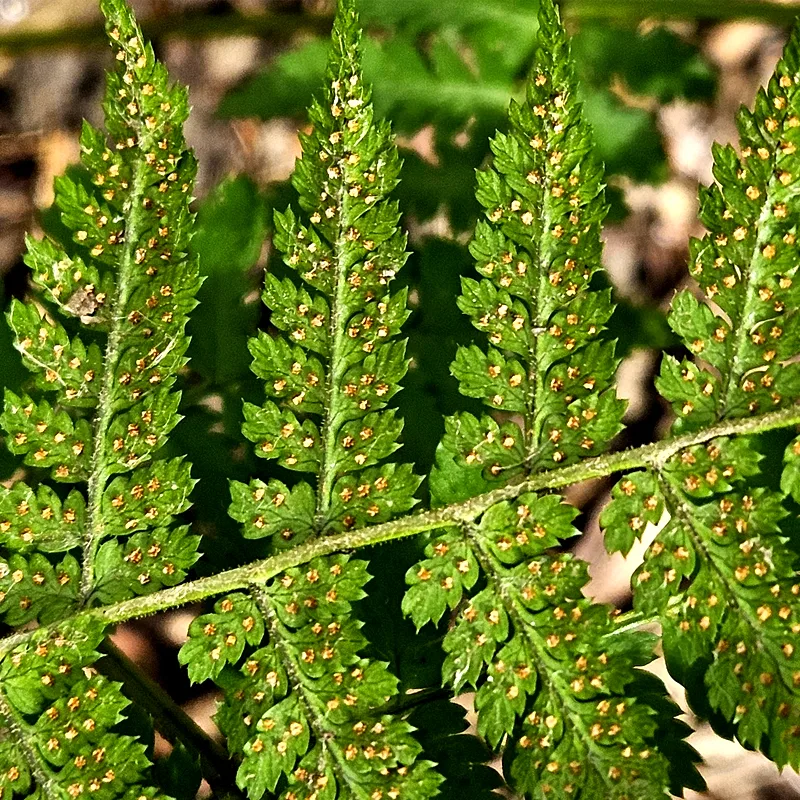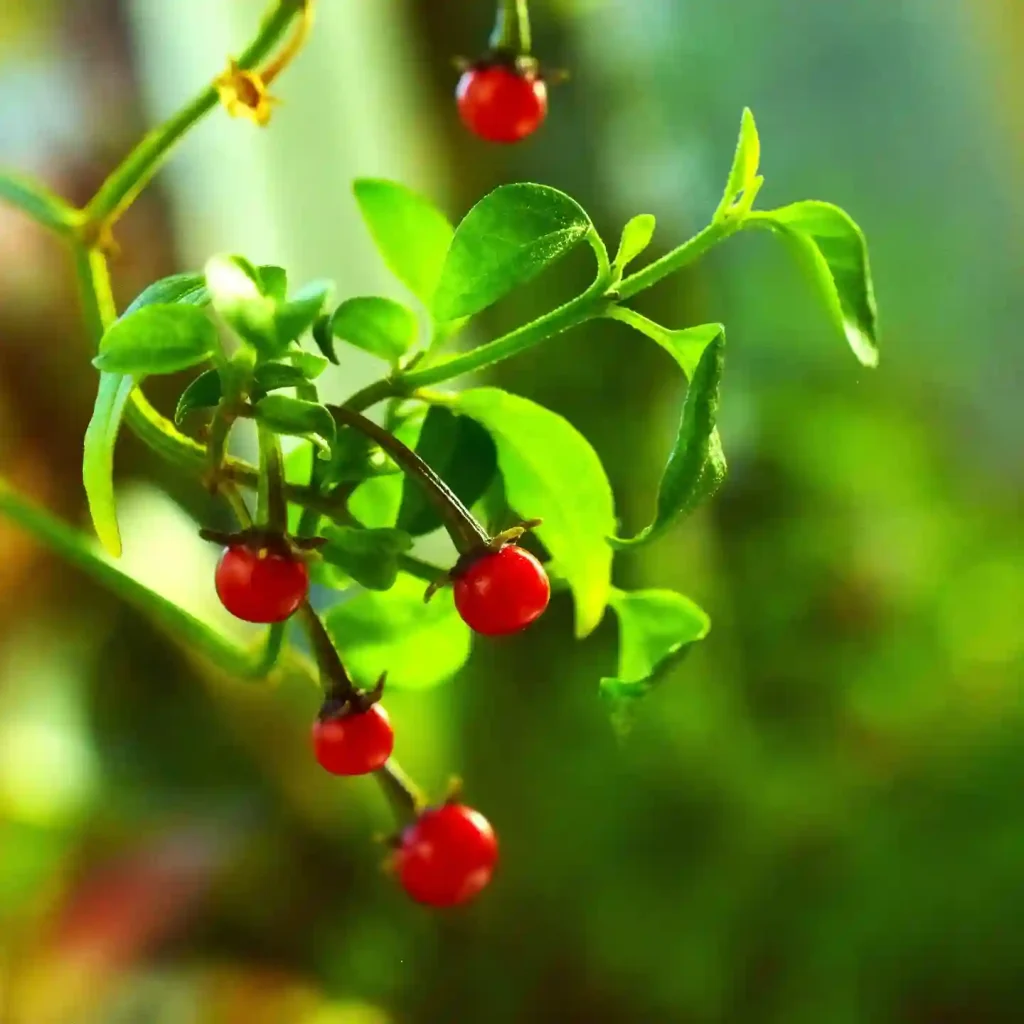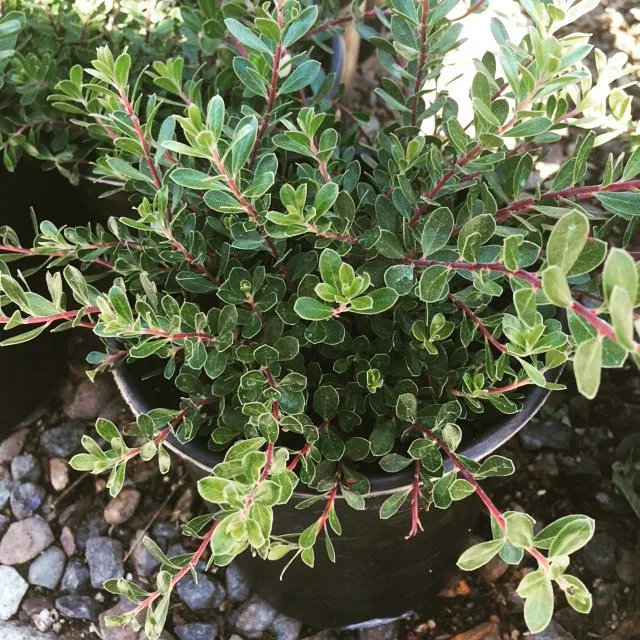The Euterpe Palms: My Journey into the World of Açaí and Its Relatives
This genus of palm trees, belonging to the Arecaceae family, is probably best known for the açaí palm (Euterpe oleracea), a species that has taken the world by storm with its delicious and nutritious berries. But Euterpe encompasses more than just açaí. It’s a diverse group with several species, each with its own unique characteristics and ecological importance.
A Deep Dive into Euterpe
The name Euterpe originates from Greek mythology. Euterpe was one of the nine Muses, specifically the Muse of music and lyric poetry. It’s a fitting name, considering the graceful and almost musical sway of these palms in the tropical breeze.
These palms are primarily found in Central and South America, thriving in the humid environments of rainforests and swamps. They are typically tall and slender, with some reaching heights of over 30 meters (almost 100 feet). Their pinnate leaves, which can grow up to 3 meters (almost 10 feet) long, form a crown at the top of the slender trunk, creating a visual spectacle that speaks of tropical abundance.
The Species in Euterpe
While the exact number of species can vary depending on taxonomic classifications, here are some of the most recognized members of the Euterpe genus:
- Euterpe oleracea: This is the star of the show, the açaí palm. Native to the Amazon region, it’s prized for its dark purple berries, known for their antioxidant properties and unique flavor. Açaí has become a global phenomenon, finding its way into smoothies, bowls, and even supplements.
- Euterpe precatoria: Often called the “açaí of the Amazon,” this species is similar to Euterpe oleracea but generally has smaller fruits. It’s an important food source for local communities and wildlife in the Amazon.
- Euterpe edulis: Known as Juçara palm, this species is native to the Atlantic Forest of Brazil. It produces a palm heart that is considered a delicacy but is unfortunately endangered due to overharvesting.
- Euterpe catinga: This palm is found in drier regions of Brazil and is adapted to the harsh conditions of the Caatinga biome.
- Euterpe luminosa: This species is notable for its bright green fruits and is found in parts of Colombia and Ecuador.
- Euterpe longibracteata: This palm is characterized by its long bracts (modified leaves) and is found in parts of Central America.
- Euterpe broadwayi: This species is native to Trinidad and Tobago and is known for its relatively short stature compared to other Euterpe palms.
The Importance of Euterpe
Beyond the commercial value of açaí, Euterpe palms play a crucial role in their ecosystems. They provide food and shelter for a wide range of animals, from insects and birds to mammals. Their presence contributes to the biodiversity of tropical rainforests and helps maintain the delicate balance of these vital ecosystems.
Moreover, Euterpe palms have cultural significance for many indigenous communities. They have been used for food, medicine, and building materials for centuries. The sustainable harvesting of açaí and other Euterpe products can provide economic opportunities for these communities and contribute to the preservation of their traditional knowledge.
Looking Ahead
The growing popularity of açaí has brought attention to the Euterpe genus, but it’s important to remember that these palms are more than just a source of trendy superfoods. They are integral components of diverse ecosystems and hold cultural value for many communities.
As we continue to learn more about the Euterpe palms, it’s crucial to prioritize sustainability and ensure that the utilization of their resources benefits both the environment and the people who depend on them. By understanding and appreciating the ecological and cultural importance of these palms, we can contribute to their conservation and ensure that they continue to thrive for generations to come.
If i die, water my plants!



